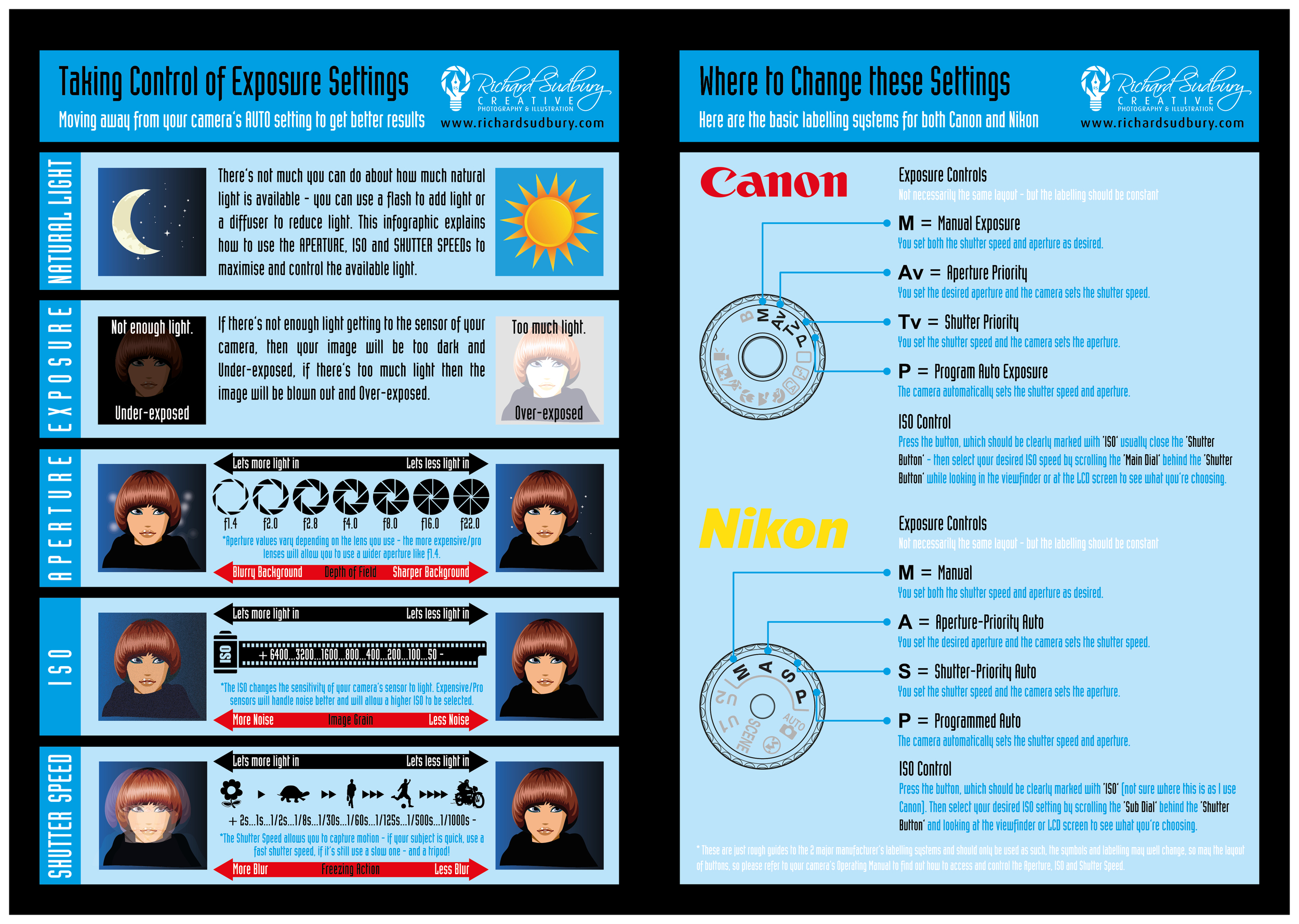The Relevance Of Lighting In Digital Photography And Just How To Master It
The Relevance Of Lighting In Digital Photography And Just How To Master It
Blog Article
Web Content Author-Byskov Phelps
When you grab your electronic camera, you could not understand just how crucial lights remains in shaping your images. It can change an average scene into something amazing, influencing not simply the clarity but also the mood of your photographs. Recognizing the intricacies of light-- its direction, quality, and shade-- can elevate your work to new elevations. Yet exactly how do you grasp these components successfully? Discovering various lighting methods and trying out different arrangements could be the key to opening your complete possibility as a photographer. Let's explore what makes light not simply needed, yet crucial.
The Function of Light in Digital photography
Light's impact on photography can not be overstated; it shapes the state of mind, highlights information, and produces deepness in your images. When you get your video camera, think about how light interacts with your topic. The direction and quality of light can either improve or lessen the elements you want to record.
For instance, soft, diffused light can produce a dreamy atmosphere, while harsh, direct light can create plain contrasts and sharp shadows.
As you experiment, notice how various times of day affect your shots. Early morning and late afternoon commonly offer the most lovely light, known as the "gold hour." This cozy light can produce spectacular effects that draw visitors in.
Alternatively, capturing at noon can bring about unflattering shadows, so maintain that in mind.
Furthermore, consider the shade of light. Natural light differs throughout the day, and fabricated source of lights can present different tones to your scenes.
Changing your white equilibrium can aid you attain the desired effect. Eventually, recognizing the role of light will certainly change your photography, enabling you to tell stories and stimulate feelings with every image you capture.
Sorts Of Illumination Techniques
Commonly, photographers depend on different lights strategies to achieve their wanted results and improve their images. Recognizing these methods permits you to adjust light creatively, making a significant distinction in your digital photography.
One prominent method is natural illumination, where you make use of sunlight to brighten your topic. This approach can create soft, gorgeous shadows and highlights, specifically during the gold hour-- soon after sunup or before sunset.
Another method is using artificial lights, that includes workshop lights, speedlights, or LED panels. You can manage the intensity and instructions of the light, permitting a lot more precise outcomes.
Backlighting is an additional efficient approach; positioning the light behind your subject can develop a striking shape or highlight edges, adding depth to your images.
You may likewise discover high-key and low-key lighting designs. High-key illumination produces intense, uniformly lit images with marginal darkness, while subtle lights stresses contrast and drama with deep darkness.
Each strategy has its strengths, and experimenting with them will assist you discover your unique design.
Tips for Learning Lighting
Understanding lighting can genuinely change your photography, so it's necessary to obtain an understanding on some sensible tips.
Initially, constantly focus on the instructions of light. Light originating from the side can develop deepness, while front lighting tends to flatten your subject. Experiment with backlighting for dramatic silhouettes or to highlight appearances.
Next off, take into consideration the quality of light. Soft, diffused light is typically extra complementary, specifically for portraits. You can achieve this by shooting throughout golden hour or making use of reflectors and diffusers to soften severe sunshine.
Do not underestimate photographer for professional headshots of darkness! They can add intrigue and measurement to your pictures. Attempt placing your subject in a way that allows darkness to enhance the make-up.
Also, readjust your electronic camera setups as necessary. Utilize http://elise46merlene.xtgem.com/__xt_blog/__xtblog_entry/__xtblog_entry/37568775-open-your-mind-to-a-world-of-innovative-digital-photography-ideas-that-challenge-conventions-and-influence-creativity-disclosing-a-brand-new-dimension-of-your-creative-vision?__xtblog_block_id=1#xt_blog for more light in low problems, however bear in mind deepness of area.
Ultimately, practice makes excellent. Take your cam out in numerous illumination problems and experiment. The more you have fun with light, the much better you'll comprehend just how to utilize it to your benefit.
Master these suggestions, and you'll elevate your photography to new heights!
Final thought
Mastering illumination is vital for raising your digital photography. By understanding exactly how light affects your photos, you can create spectacular structures that convey state of mind and depth. Experiment with various strategies and problems, and do not shy away from using devices like reflectors and diffusers to enhance your shots. With technique and a determination to learn, you'll discover that adjusting light comes to be force of habit, enabling your imagination to shine through in every photograph you take.
